The gradual decline of geothermal reservoirs remains one of the most pressing challenges in sustainable energy production. As nations increasingly turn to geothermal power as a reliable baseload renewable resource, understanding the mechanisms behind reservoir depletion has become critical. Unlike fossil fuels, which are extracted and consumed, geothermal systems rely on the careful management of heat and fluid flow beneath the Earth's surface. Yet even these vast reservoirs are subject to thermodynamic limits and operational constraints that can lead to diminished output over time.
Field observations from iconic geothermal sites like California's Geysers or New Zealand's Wairakei reveal a sobering truth: all producing reservoirs experience some degree of thermal or pressure decline. The rate of this decline varies dramatically depending on reservoir characteristics, extraction rates, and management practices. Some fields show graceful degradation over decades, while others suffer abrupt productivity drops when critical thresholds are crossed. What makes these patterns particularly concerning is that reservoir recovery often occurs on geological timescales - far exceeding human planning horizons.
The physics governing reservoir depletion involves complex interactions between fluid withdrawal, heat transfer, and rock mechanics. As hot water or steam is extracted, the void space may fill with cooler reinjected fluids or may collapse under lithostatic pressure. Either scenario typically reduces reservoir permeability and temperature over time. Modern monitoring techniques using tracer tests, microseismic arrays, and interferometric radar have revealed unexpected subsurface behaviors that challenge classical depletion models.
Recent studies have uncovered troubling nonlinear effects in several commercial-scale operations. In some cases, aggressive production has triggered irreversible changes to reservoir structure through mechanisms like mineral precipitation or fracture closure. These phenomena often follow extended periods of stable output, lulling operators into false confidence before sudden performance drops. The geothermal industry now recognizes that traditional decline curve analysis - borrowed from petroleum engineering - frequently underestimates long-term reservoir degradation in high-temperature systems.
Emerging mitigation strategies show promise for extending productive field lifetimes. Managed pressure maintenance programs, optimized injection well placement, and controlled production scheduling are helping some operators maintain stable outputs. Iceland's Hellisheiði Power Station has demonstrated remarkable success with its hybrid reinjection approach, carefully balancing mass extraction with strategic fluid replacement. However, these techniques require substantial capital investment and carry their own risks of inducing seismic activity or thermal breakthrough.
The most sophisticated operators now employ coupled modeling systems that integrate reservoir simulation with surface facility constraints. These digital twins allow engineers to test various production scenarios and identify optimal operating envelopes before implementing changes in the physical system. Such approaches have proven particularly valuable in flash steam fields where small changes in wellhead pressure can dramatically alter long-term reservoir behavior.
Climate change introduces additional complexity to reservoir management equations. Changing precipitation patterns affect recharge rates in liquid-dominated systems, while rising ambient temperatures may marginally improve heat rejection efficiency at power plants. Some analysts speculate that tectonic shifts associated with glacial isostatic adjustment could potentially enhance certain geothermal systems, though these effects remain poorly quantified. What remains clear is that geothermal assets can no longer be managed as isolated systems - they exist within dynamic geological and climatic contexts.
Forward-looking operators are experimenting with unconventional approaches to reservoir maintenance. These include controlled thermal stimulation to reopen fractures, microbial treatments to manage scaling, and even consideration of deep closed-loop systems that could theoretically operate without fluid withdrawal. While promising, most of these technologies remain at pilot scale and face significant technical and economic hurdles before widespread adoption.
The financial implications of reservoir decline are coming into sharper focus as geothermal plays an expanding role in grid stability. Asset valuation models must now account for probable output degradation over 30-50 year horizons, potentially altering project finance structures. Insurance products specifically addressing reservoir underperformance have begun appearing in mature markets, reflecting the industry's growing sophistication in risk management.
Regulatory frameworks struggle to keep pace with these technical developments. Many jurisdictions still license geothermal resources under mining statutes designed for static mineral deposits rather than dynamic thermodynamic systems. This mismatch becomes particularly problematic when dealing with cross-boundary reservoirs or when considering the environmental impacts of long-term subsurface changes. The legal concept of "geothermal sustainability" remains frustratingly vague despite its increasing importance in policy debates.
Looking ahead, the geothermal industry faces a fundamental tension between maximizing near-term energy production and ensuring long-term reservoir viability. The decisions made today about production rates and reinjection strategies will echo through decades of operation. While complete avoidance of reservoir decline may be impossible, its intelligent management could mean the difference between a field that produces for thirty years versus one that lasts a century. This challenge represents not just a technical puzzle, but a test of the energy sector's capacity for truly sustainable thinking.
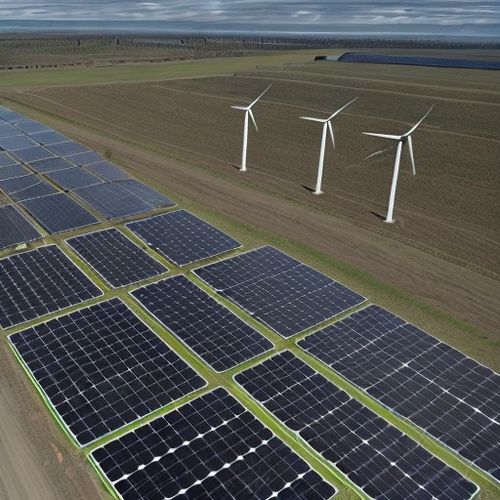
By Megan Clark/Apr 19, 2025

By Thomas Roberts/Apr 19, 2025
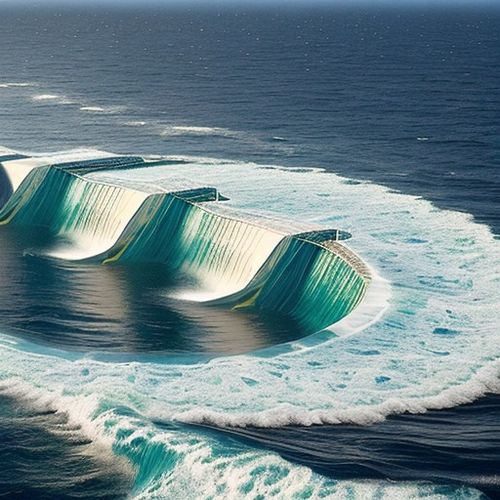
By Thomas Roberts/Apr 19, 2025

By Emily Johnson/Apr 19, 2025

By Samuel Cooper/Apr 19, 2025

By Samuel Cooper/Apr 19, 2025

By George Bailey/Apr 19, 2025

By Joshua Howard/Apr 19, 2025
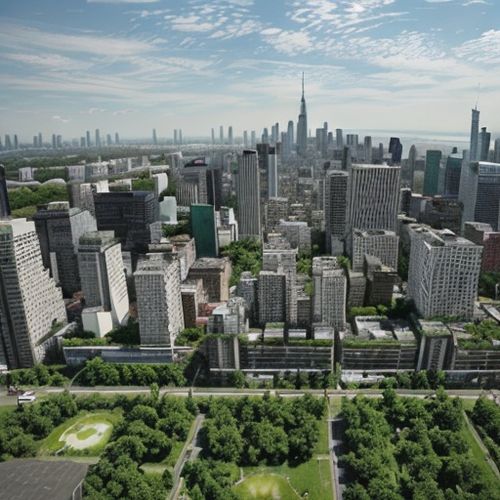
By William Miller/Apr 19, 2025

By Emily Johnson/Apr 19, 2025
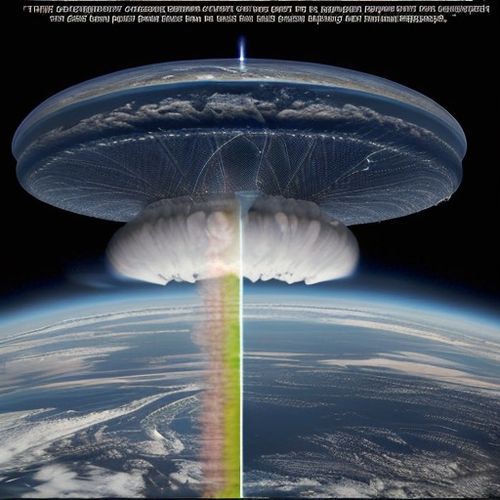
By William Miller/Apr 19, 2025
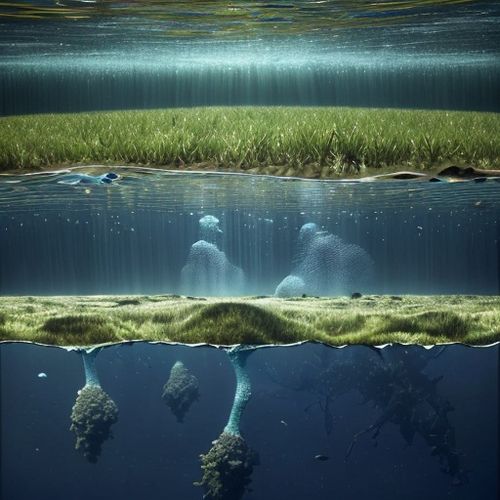
By James Moore/Apr 19, 2025
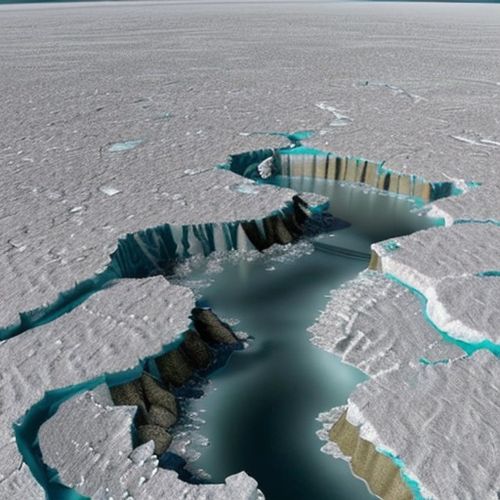
By Joshua Howard/Apr 19, 2025
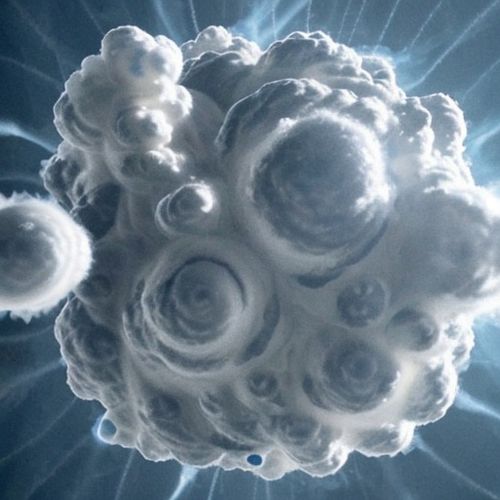
By William Miller/Apr 19, 2025
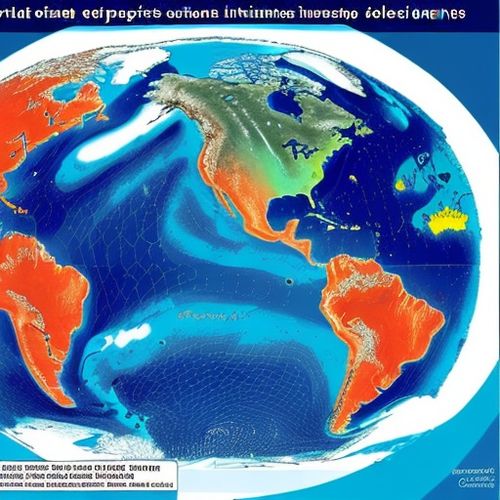
By James Moore/Apr 19, 2025

By Elizabeth Taylor/Apr 19, 2025
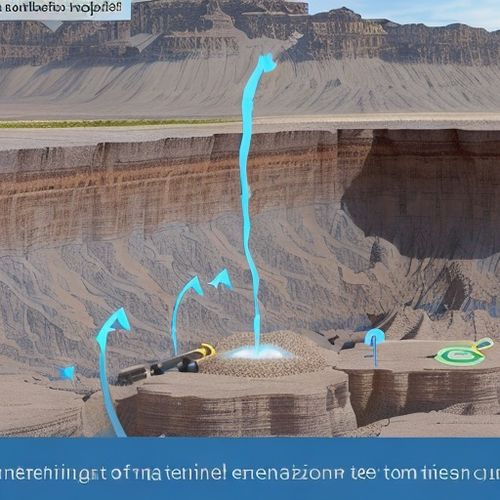
By Grace Cox/Apr 19, 2025
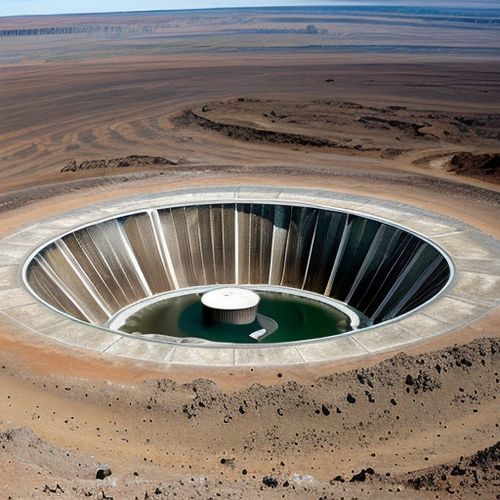
By Grace Cox/Apr 19, 2025
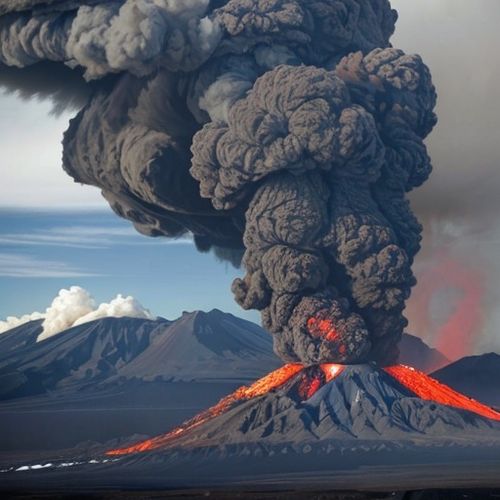
By Joshua Howard/Apr 19, 2025

By David Anderson/Apr 19, 2025